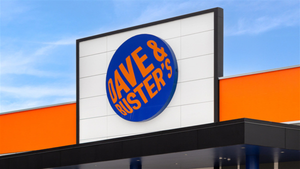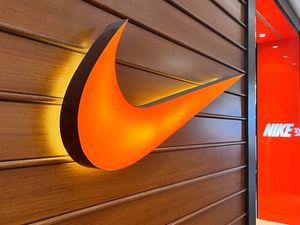Selecting a garment manufacturer is one of the most critical decisions for any fashion brand, retailer, or buyer. The right partner can elevate your business through quality, reliability, and innovation, while the wrong choice can lead to delays, financial losses, and reputational damage. As a buyer, here are the key factors I prioritize when evaluating potential manufacturing partners:
Reading guide
1. Quality Consistency and Expertise
2. Reliability and Timely Delivery
3. Ethical and Sustainable Practices
4. Flexibility and Scalability
5. Cost Efficiency Without Compromise
6. Communication and Cultural Alignment
7. Innovation and Technology Adoption
Customer visit
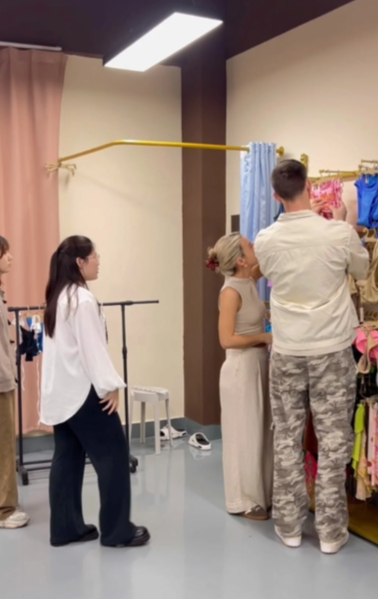
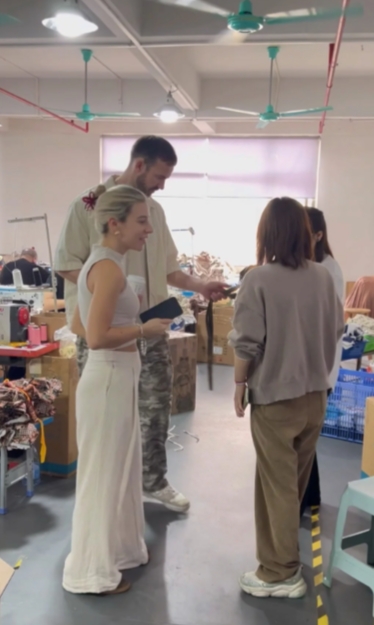
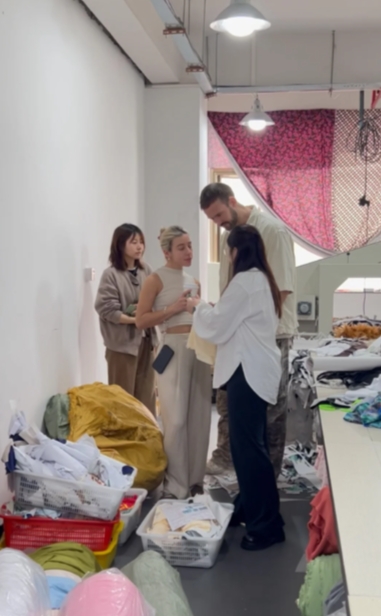
1. Quality Consistency and Expertise
Quality is non-negotiable. A manufacturer must demonstrate expertise in producing garments that meet or exceed industry standards. This includes:
● Material selection: Use of durable, sustainable, or specialized fabrics tailored to the product’s purpose.
● Craftsmanship: Precision in stitching, finishing, and attention to detail (e.g., seam strength, colorfastness).
● Quality control systems: Rigorous inspection processes at every production stage to minimize defects.
I look for manufacturers with certifications (e.g., ISO, OEKO-TEX) and a portfolio of past work to verify their capabilities.
Customer visit
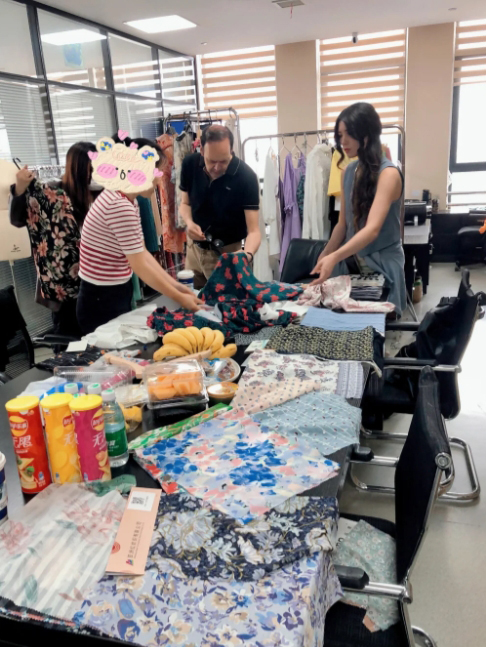
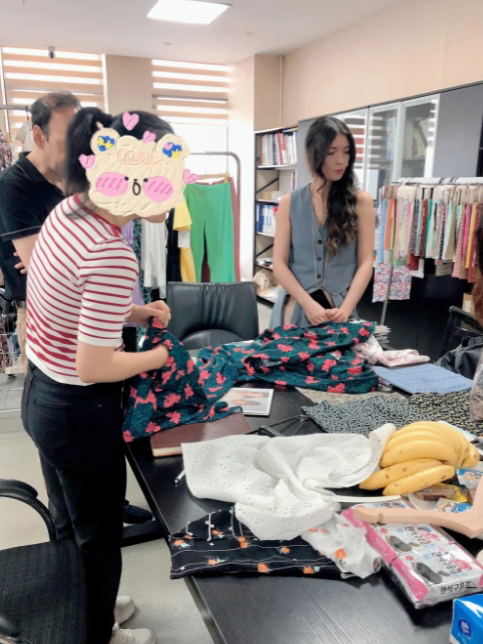

2. Reliability and Timely Delivery
Meeting deadlines is crucial in the fast-paced fashion industry. A reliable manufacturer should:
● Provide realistic production timelines and honor agreed-upon schedules.
● Have contingency plans for unexpected disruptions (e.g., material shortages, labor issues).
● Maintain transparent communication about progress and potential delays.
A track record of on-time delivery for clients in similar markets (e.g., seasonal collections, fast fashion) is a strong indicator of dependability.


3. Ethical and Sustainable Practices
Modern consumers and brands increasingly prioritize ethics and sustainability. A partner must align with these values by:
● Ensuring fair labor practices (safe working conditions, living wages, no child labor).
● Holding certifications like Fair Trade, BCI (Better Cotton Initiative), or GOTS (Global Organic Textile Standard).
● Minimizing environmental impact through waste reduction, water/energy-efficient processes, and eco-friendly materials.
Transparency in their supply chain is essential—I avoid manufacturers with vague or evasive answers about sourcing or labor policies.
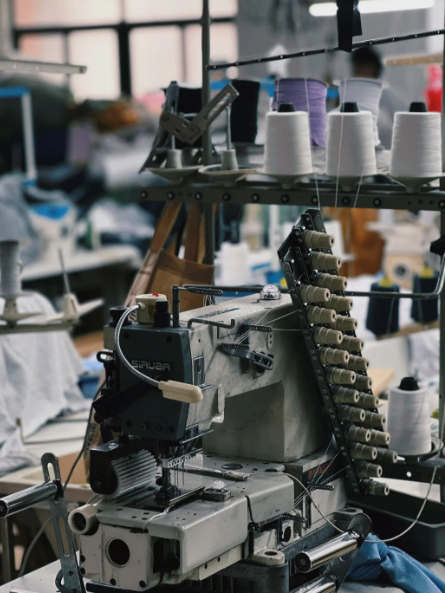
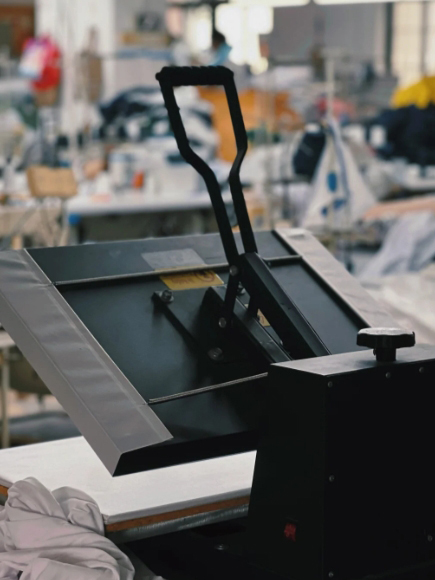
4. Flexibility and Scalability
A good manufacturer adapts to your business needs:
● Order flexibility: Willingness to accommodate small minimum order quantities (MOQs) for startups or scale up for large orders.
● Customization: Ability to handle unique designs, prints, or technical requirements (e.g., sportswear with moisture-wicking fabrics).
● Responsiveness: Openness to feedback and quick adjustments during sampling or production.
Startups and niche brands, in particular, benefit from manufacturers that grow alongside their business.
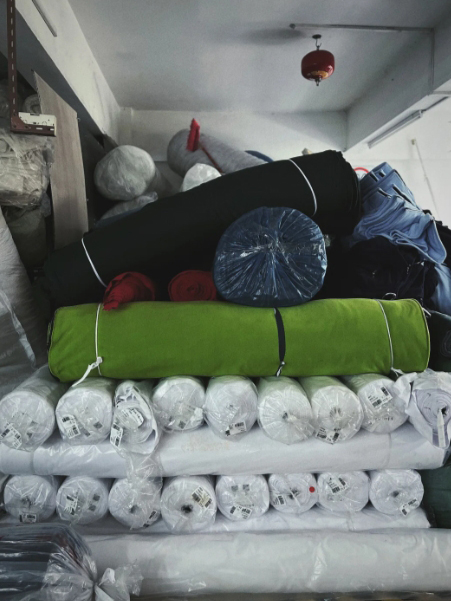
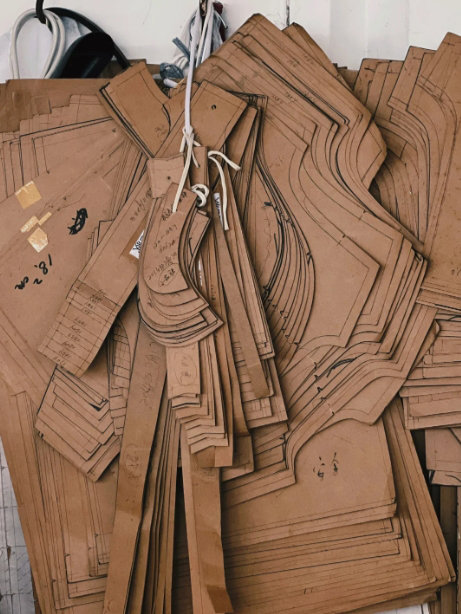
5. Cost Efficiency Without Compromise
While cost is a key consideration, the cheapest option often carries hidden risks (e.g., poor quality, ethical violations). I seek manufacturers that:
● Offer competitive pricing while maintaining quality.
● Provide clear cost breakdowns (materials, labor, overheads).
Suggest cost-saving measures without cutting corners, such as fabric optimization or bulk discounts.
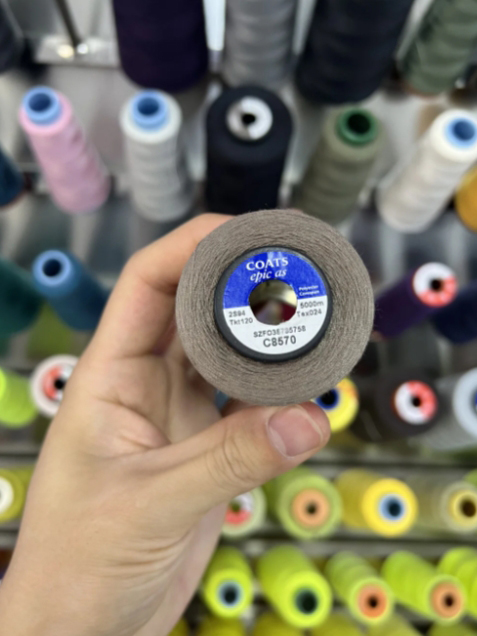
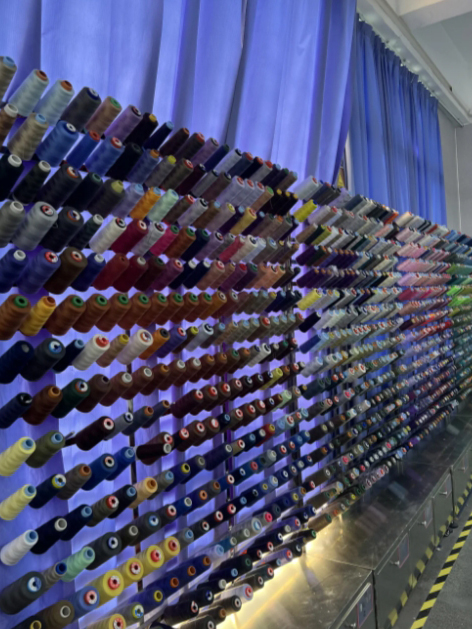
6. Communication and Cultural Alignment
Smooth collaboration hinges on effective communication:
● Language proficiency: English-speaking teams or dedicated account managers to avoid misunderstandings.
● Proactive updates: Regular progress reports and prompt responses to inquiries.
● Cultural compatibility: Understanding of your market’s trends, sizing standards, and consumer preferences.
Manufacturers in regions like Turkey, Portugal, or South Asia often have experience working with global brands, bridging cultural gaps.
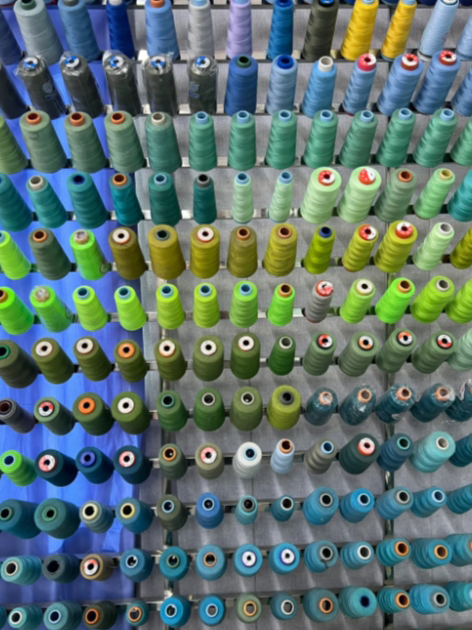
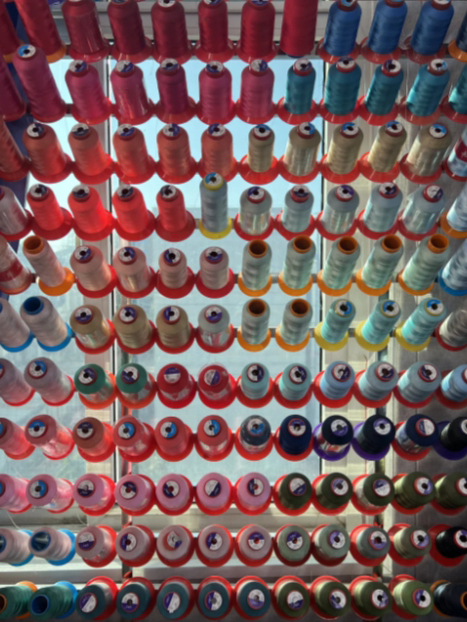
7. Innovation and Technology Adoption
Forward-thinking manufacturers invest in technology to stay competitive:
● Advanced machinery for efficient production (e.g., laser cutting, 3D knitting).
● Digital tools for design collaboration, virtual sampling, or inventory management.
● R&D capabilities to experiment with new materials or techniques.
Such partners can help you innovate and stay ahead of trends.

The Evaluation Process
To shortlist manufacturers, I recommend:
1. Factory audits: On-site visits to assess facilities, working conditions, and quality processes.
2. Sample testing: Request prototypes to evaluate craftsmanship and material quality firsthand.
3. Client references: Speak to existing clients about their experiences.
4. Trial orders: Start with a small batch to test reliability before committing to long-term contracts.
Conclusion
Choosing a garment manufacturer is about building a partnership, not just securing a supplier. The ideal collaborator combines quality, ethics, flexibility, and transparency to support your brand’s vision and growth. By prioritizing these factors, buyers can mitigate risks, foster trust, and create products that resonate with their audience—while contributing to a more responsible fashion industry.
Media Contact
Company Name: Dongguan Auschalink Fashion Co., Ltd.
Email: Send Email
Country: China
Website: https://www.auschalink.com/




